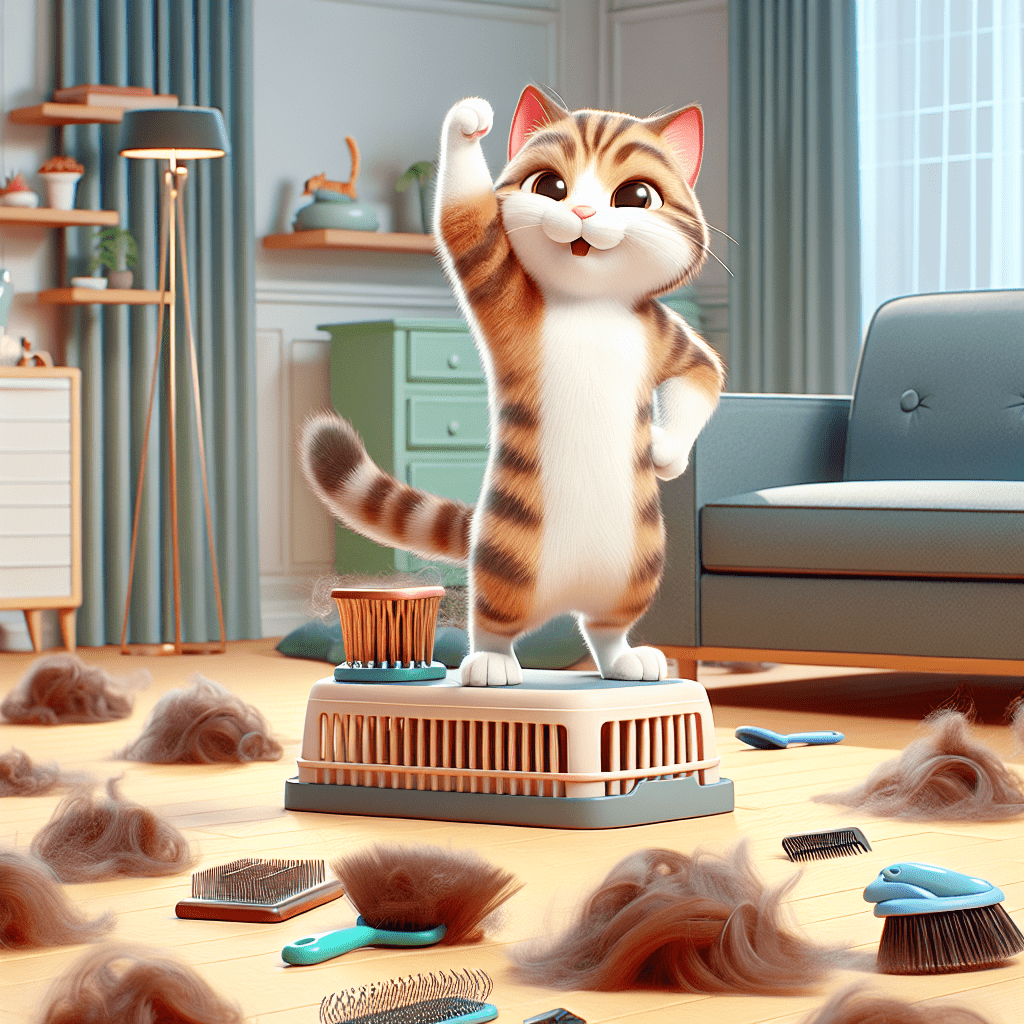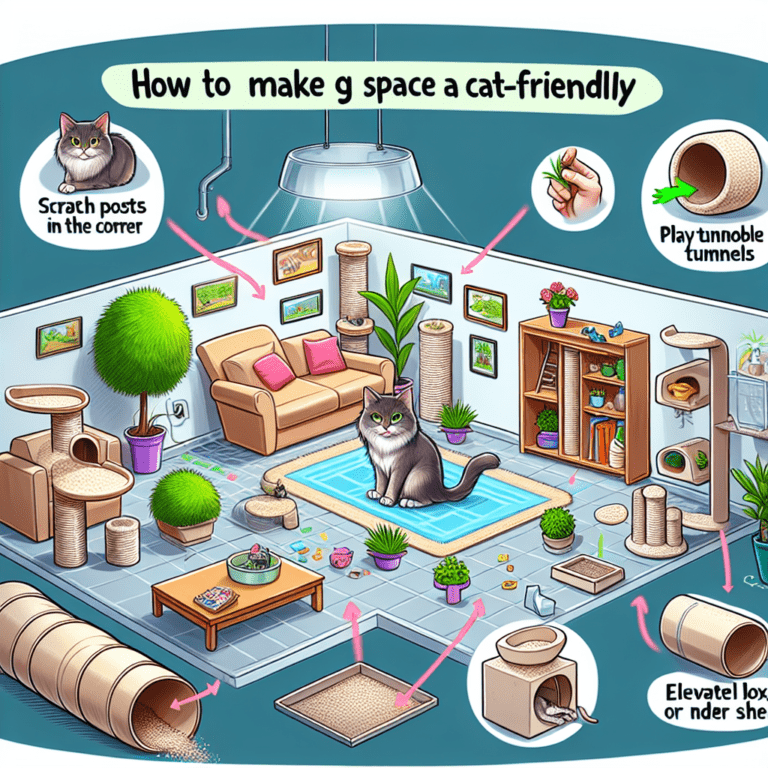

What is the Cat Hair Problem?
Living with cats in an apartment is a joy, a purrfect blend of companionship and comfort. But let’s be honest, the constant battle with cat hair is real. It’s everywhere—on clothes, furniture, floors, and even in your food (don’t pretend you haven’t found a whisker in your soup!). This isn’t just about aesthetics; it can be a significant allergen trigger for some. This guide offers proven strategies to manage cat hair and keep your apartment clean and comfortable.
Who is This for?
This guide is for every apartment-dwelling cat lover who’s tired of the endless battle against cat hair. Whether you have a fluffy Persian or a sleek Siamese, these tips apply to all breeds. If you’re searching for effective ways to minimize shedding and keep your home clean, read on! This isn’t just for neat freaks; it’s for anyone who wants to enjoy their feline friends without the constant shedding struggle.
Why is Cat Hair Such a Big Deal in Apartments?
Apartments generally have less space than houses, making cat hair more noticeable. The confined area means the hair is more concentrated. Plus, shedding varies with the season and the cat’s health, meaning some periods are significantly worse than others. This guide will show you how to work with your cat’s shedding cycle.
Where Does All the Cat Hair Come From?
Cat hair is constantly shed—it’s a natural process. The hair is released from the cat’s coat, landing on surfaces throughout your apartment. Brushing your cat regularly can significantly reduce the amount of hair released into the environment. The concentration of hair in certain areas like couches or beds, however, indicates shedding hotspots.
When is Cat Hair Most Noticeable?
Shedding tends to increase in the spring and fall. Hormonal changes and seasonal shifts cause cats to shed more. Knowing this helps you anticipate periods of higher shedding and focus on proactive cleaning during these times. Keep in mind that underlying health issues can also increase shedding. If you observe unusual shedding, consult a veterinarian.
How to Use Different Cleaning Tools to Conquer Cat Hair?
Regular brushing is crucial— aim for at least once a day depending on your cat’s hair type . High-quality brushes designed for cat coats will help remove loose fur before it ends up on your furniture. Invest in a good vacuum cleaner specifically designed for pet hair removal. A roller or lint-brush are useful for spot cleaning clothes and furniture. Consider adding microfiber cloths to your cleaning arsenal; they effectively trap pet hair. A damp cloth can also easily remove cat hair from smooth surfaces.
Features of Effective Cat Hair Removal Products
Several products offer solutions. Look for high efficiency particulate air (HEPA) filters in your vacuum cleaner to trap microscopic allergens along with the hair. When choosing a brush, consider different types: slicker brushes target mats, while bristle brushes remove loose hair. If you have delicate furniture, a lint roller will be gentler.
Pros and Cons of Different Cat Hair Removal Methods
Vacuum Cleaners: Pros: Efficient for large areas. Cons: Can be loud and may not reach all areas.
Lint Rollers: Pros: Convenient for spot cleaning. Cons: Not effective for large areas; refills can be expensive.
Pet Hair Removal Tools: Pros: Specifically designed for pet hair. Cons: Some can be more expensive than other options; some can be inefficient if technique is poor.
Brushing: Pros: Helps remove loose hair before it sheds; great bonding time with pets. Cons: Requires daily commitment, some cats dislike brushing.
Microfiber Cloths: Pros: Efficient, reusable, environmentally friendly. Cons: Requires manual effort; not effective for all surfaces.
Similar Products and Comparisons:
Many brands offer pet hair removal tools. Comparing features, such as suction power (for vacuums), bristle type (for brushes), and ease of use, is helpful. Reading reviews can provide valuable insight into the effectiveness of any particular product.
Opinions, Examples, and Comparisons:
Many apartment dwellers swear by robotic vacuums for daily cleaning maintenance. These automatons are effective for maintaining a relatively hair-free floor. Others find that daily brushing coupled with lint rolling provides a sufficient solution. The best approach depends on your cat’s hair type, shedding patterns, and your lifestyle.
FAQs
Q1: My cat sheds excessively. What should I do? A1: Consult your veterinarian to rule out any underlying health issues. Regular brushing, proper nutrition, and increased humidity can also help.
Q2: What’s the best vacuum for cat hair? A2: Vacuums with strong suction and HEPA filters are ideal. Look for reviews of models praised by pet owners.
Q3: Are there any natural solutions to reduce cat hair? A3: Regular brushing, a healthy diet and a humidifier can help.
Q4: How often should I clean my apartment to manage cat hair? A4: Daily vacuuming or sweeping in high-traffic areas and thorough cleaning at least weekly is ideal.
Q5: My furniture is covered in cat hair. How can I remove it effectively? A5: Use a lint roller or a specific pet hair removal tool, or invest in furniture covers.
Instantly Access Your FREE Children’s Books Here!
Disclaimer: As an Amazon Associate, I earn from qualifying purchases. I may earn a commission from qualifying purchases as an affiliate. Please note that I only recommend products I believe will provide value to my readers.







